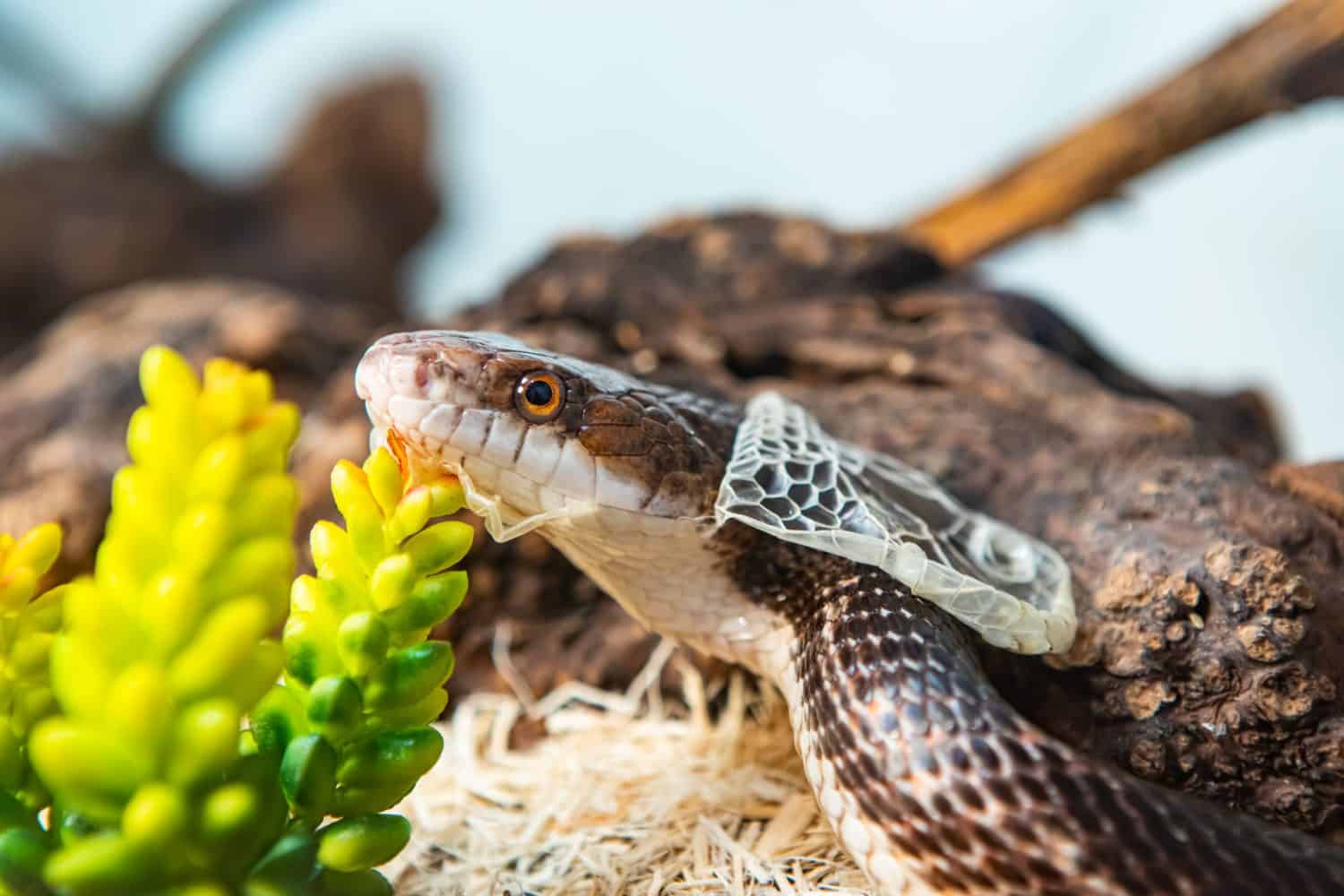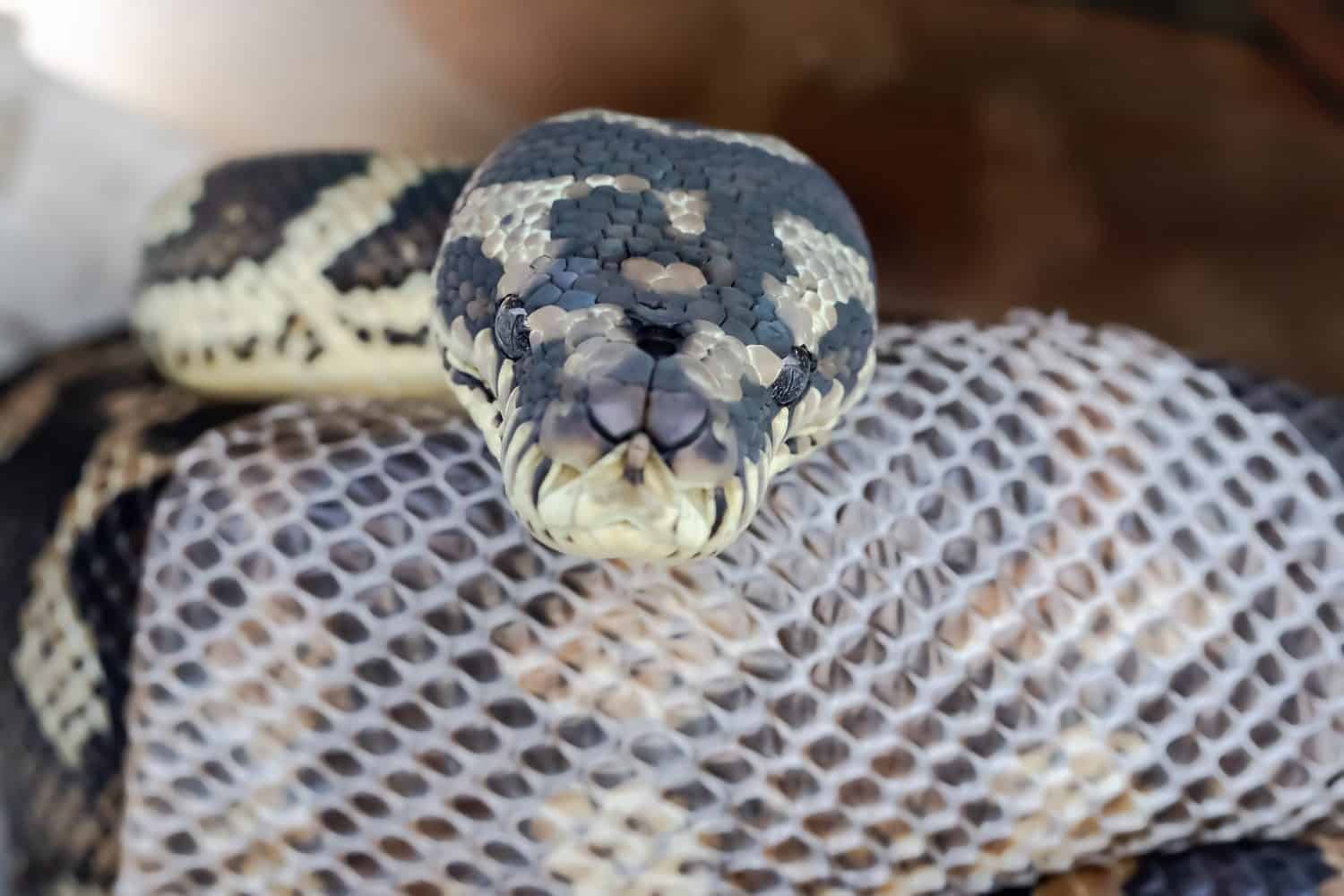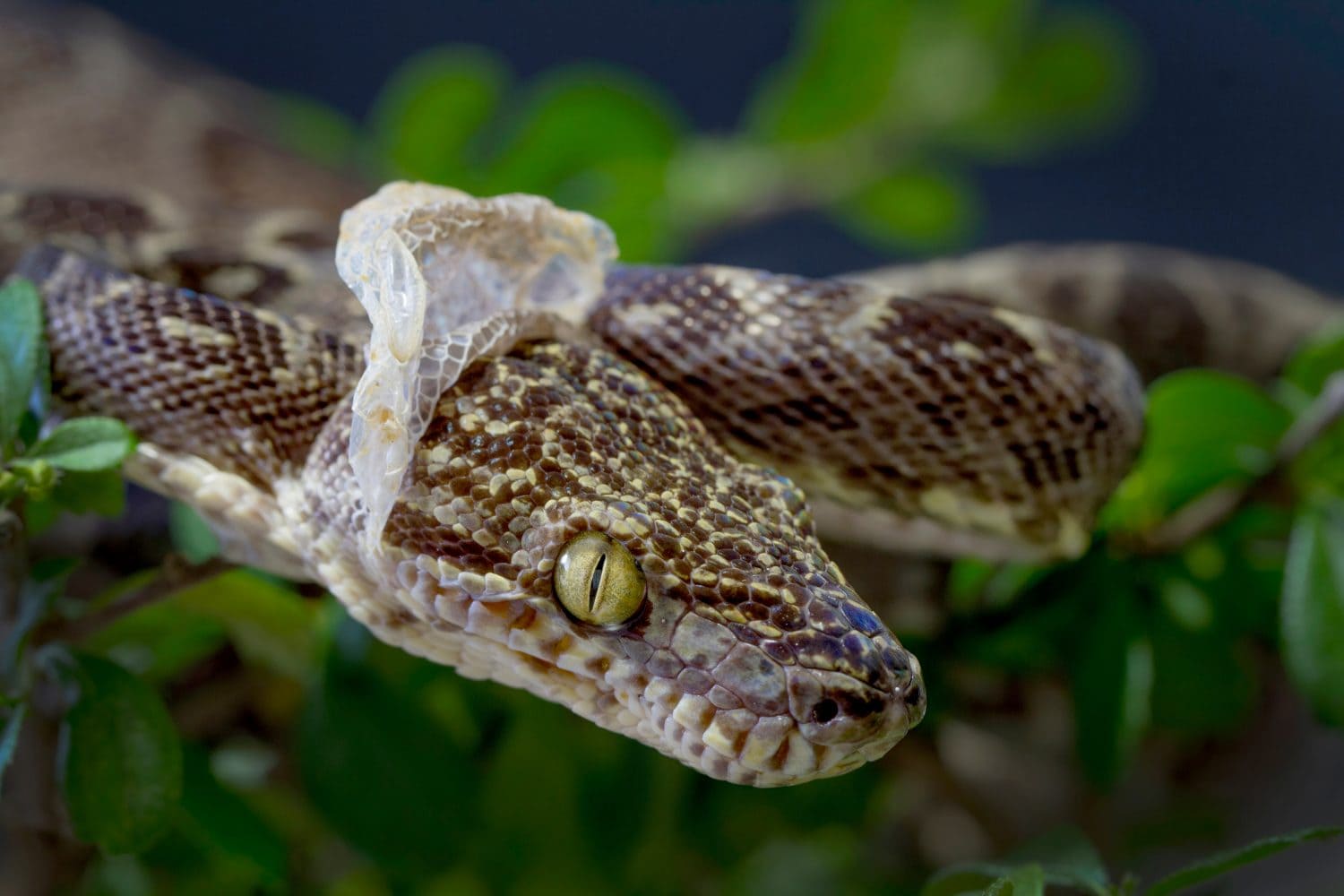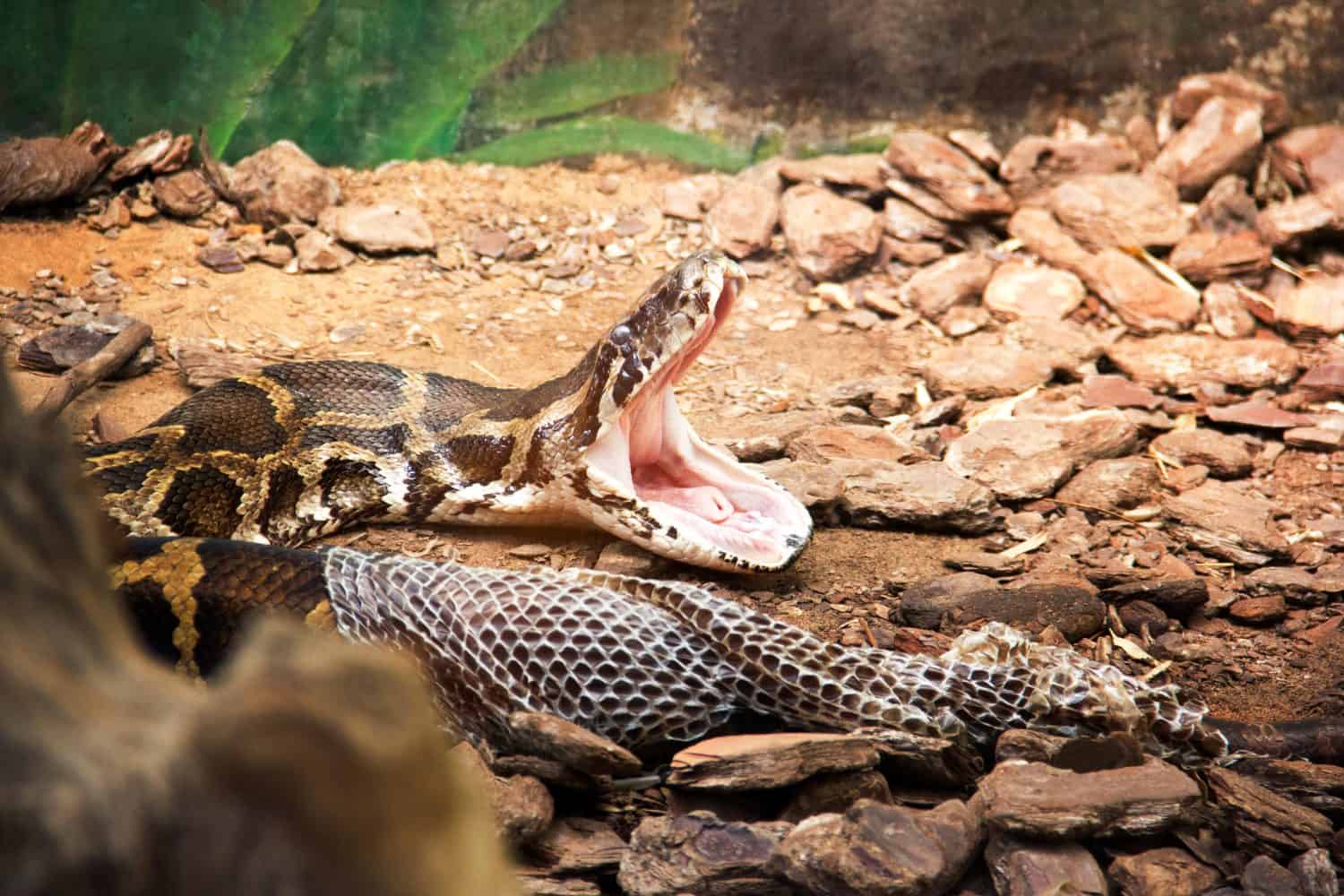The Process of Shedding in Snakes
Snakes shed their skin several times a year, and this process is an important indicator of their health. When a snake sheds, it shows that it is receiving enough nutrition, that its environment has the right humidity levels, and that it is generally healthy. Finding discarded snake skins in nature is not unusual, but the shedding process can be more complicated for snakes kept in captivity. If the humidity is incorrect or there are no suitable areas to help with shedding, the process can become more energy-intensive and may require professional assistance.
In one case, however, the conditions were just right, and the snake successfully shed its skin without any issues. This natural process is essential for a snake's growth and overall well-being.
Owner Helps Snake Shed Its Skin

It is not uncommon for snake owners to assist their snakes during the shedding process. This can include providing a shelter, a rough surface for rubbing, maintaining proper humidity, and ensuring the temperature is warm enough to encourage activity. While some owners are advised against pulling the skin off, as it can cause damage or even blindness, others find that helping their snakes can be beneficial.
One snake owner assisted his Boelen’s python in shedding its skin and shared the video on social media. The footage was posted on Reddit under “Oddly Satisfying” and received mixed reactions. The video showed the owner holding the snake, with the head already clear of the old skin. It appeared as though the snake was simply slithering away from its owner, with the skin falling away from its body. The environment was optimal, allowing the snake to shed from head to tail.
Some comments praised the owner’s efforts, with one person stating, “I’ve owned a few snakes and if they are taught to be handled, they always appreciate the help with shedding.” Another remarked, “My ball python LOVES that we help her shed. We’ve had her since an egg though lol.”
However, some people expressed concerns. One detractor warned, “No, that snake was not ready to shed just yet. It’s gonna be sensitive and sore for a while, prone to infection and injury.” Another Redditor explained, “This is SOO BAD and unsafe for your snake! You should NEVER have to help your snake shed unless it is legitimately stuck.”
Despite the controversy, the video gained a following among snake lovers, regardless of their opinions on the owner’s actions.
Why Snakes Shed Their Skin

While snake skin is somewhat elastic, it cannot stretch enough to accommodate the snake’s growth. Therefore, snakes must periodically shed their outer layer of skin to allow for further growth. According to Daniel Kane of the London Zoo, snakes learn the shedding process at a very young age. As Kane explains, the first shed happens “within a few days of hatching or being born.”
As the snake continues to grow, it will shed its skin. This is done by rubbing its head against a rough surface to begin the process. As the old skin is detached, the keratin in the new skin helps lubricate the snake, making the process easier. The entire shedding process can take anywhere from 30 minutes to a few weeks, depending on environmental factors such as humidity.
The shedding process has three stages, according to Scale Companions. It requires a significant amount of energy, and the more there is to shed, the more effort is exerted. The process only ends once a snake has died.
How Often Do Snakes Shed Their Skin?

Snakes shed their skin throughout their lifetime, not based on the time of year but on their rate of growth. Younger snakes shed more frequently than adults because they experience rapid growth in their first year, often doubling or tripling their size. As they grow, their skin does not keep up, so shedding is necessary for them to become larger and longer.
Young snakes can shed as often as once a week, while older snakes may shed once per month or every three months. However, adult snakes may shed more frequently if parasites attack their skin. This process helps rid the skin of mites and ticks that may have attached themselves to the reptile.
Snake Behavior While Shedding

When snakes shed, they are vulnerable due to their sensitive skin, adjusting eyes, and the stress of the process. During this time, their behavior changes significantly. Snakes typically do not eat before shedding, as the energy required for the process could interfere with digestion.
They also seek out protected places to shed, often becoming reclusive and hiding. These hiding spots usually have high humidity or access to water to make the shedding process easier. In addition, snakes may become more aggressive, striking at creatures that get too close.
Snake owners may even be bitten during the shedding process if the snake feels uncomfortable. While the man in the video had a trusting relationship with his snake, this is not the case for all snakes. Understanding the signs of shedding and creating comfortable conditions for the snake can help ensure a smoother and safer process.